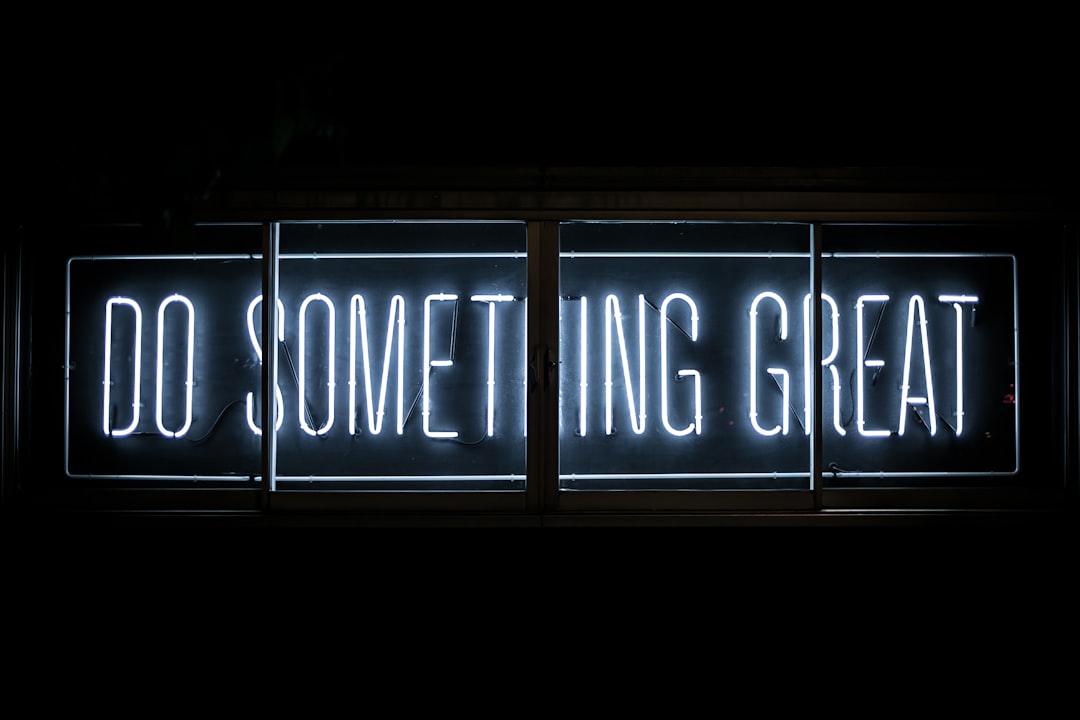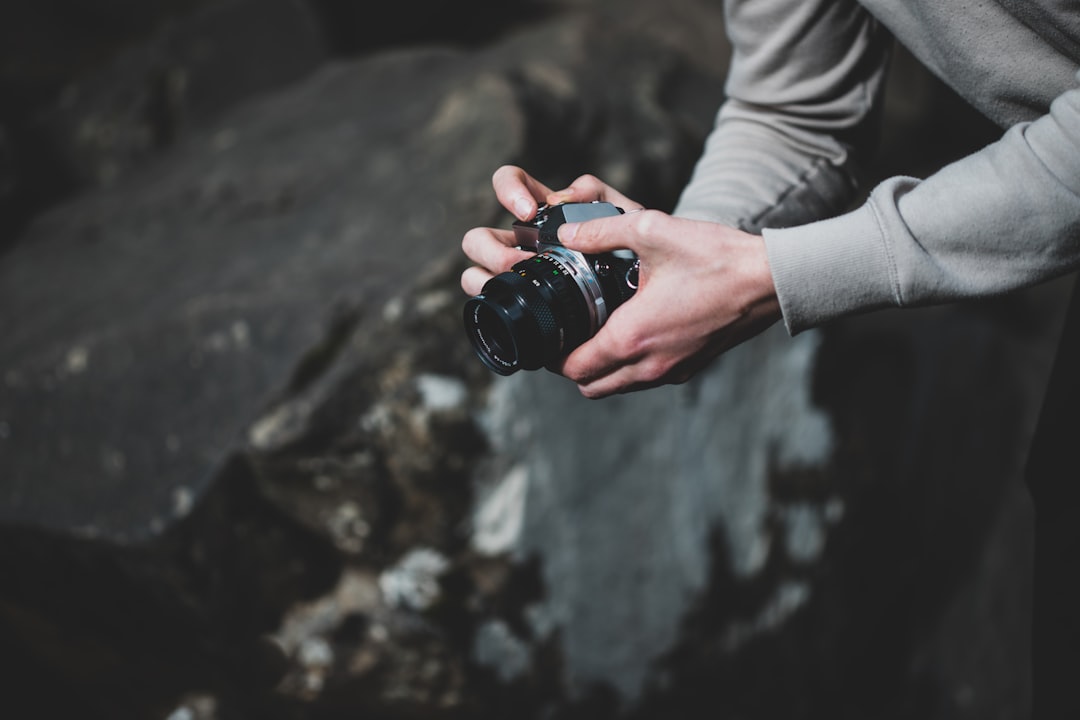The fashion industry has always been at the forefront of innovation, constantly pushing the boundaries of creativity and technology. In recent years, the rise of artificial intelligence (AI) has brought about a new era of possibilities and challenges for the industry.
AI has already begun to revolutionize the fashion industry, from the design process to production and even retail. With the help of machine learning algorithms, designers can now create unique and innovative designs that were once impossible to achieve. AI has also made production more efficient and sustainable, reducing waste and carbon footprint.
But the impact of AI in fashion doesn’t stop there. Personalization and customization have become more accessible and affordable, allowing consumers to have a more personalized shopping experience. With AI-powered virtual assistants and chatbots, retailers can offer a more personalized and convenient shopping experience for their customers.
As exciting as the possibilities of AI in fashion may be, there are also concerns and challenges that come with its use. Ethical and social implications must be considered, as well as the potential for job displacement and the impact on traditional craftsmanship.
In this blog post, we will explore the rise of AI in fashion, its impact on sustainability, personalization, and retail, as well as the challenges and concerns that come with its use. Finally, we will look towards the future of fashion with AI, and what we can expect in the years to come.
The Rise of AI in Fashion: From Design to Production
The fashion industry has always been known for its creativity and innovation. However, with the rise of artificial intelligence (AI), the industry is experiencing a significant transformation. From design to production, AI is being used to streamline processes, increase efficiency, and enhance the overall quality of fashion products.
One of the most significant ways in which AI is being used in fashion is through the design process. Traditionally, designers would spend hours sketching and creating prototypes of their designs. However, with the help of AI, designers can now create digital designs that can be quickly and easily modified. This not only saves time, but it also allows designers to experiment with different design elements and create more complex designs.
AI is also being used in the production process to improve efficiency and reduce costs. For example, AI-powered robots can be used to cut and sew fabric, reducing the need for human labor. This not only speeds up the production process but also reduces the risk of human error.
Another way in which AI is transforming the fashion industry is through the use of data analytics. By analyzing data on consumer preferences and behavior, fashion companies can better understand their customers and create products that are tailored to their needs. This can lead to increased customer satisfaction and loyalty.
Furthermore, AI is being used to enhance the overall quality of fashion products. For example, AI-powered cameras can be used to detect flaws in fabric, ensuring that only high-quality materials are used in the production process. This not only improves the quality of the final product but also reduces waste and costs.
The rise of AI in fashion is transforming the industry in significant ways. From the design process to production and retail, AI is being used to streamline processes, increase efficiency, and enhance the overall quality of fashion products. As the technology continues to evolve, it will be interesting to see how it will continue to impact the fashion industry in the future.
This can lead to increased customer satisfaction and loyalty.
AI and Sustainability: Reducing Waste and Carbon Footprint
As the fashion industry continues to grow, so does its impact on the environment. The production, transportation, and disposal of clothing all contribute to waste and pollution. However, with the rise of AI in fashion, there is potential for significant improvements in sustainability.
One way AI can help reduce waste is through optimizing production processes. By analyzing data on consumer demand and trends, AI can help fashion companies better predict which styles and sizes will sell, reducing the likelihood of overproduction and excess inventory. This not only saves resources and reduces waste, but also saves money for the company.
AI can also aid in the design process, helping to create more sustainable materials and reduce the environmental impact of production. For example, AI can be used to develop new fabrics made from recycled materials or to optimize the use of natural resources like water and energy.
In addition to reducing waste, AI can also help reduce the carbon footprint of the fashion industry. By optimizing transportation routes and using data to improve logistics, companies can reduce the emissions associated with shipping and transportation.
Another area where AI can have a significant impact is in the area of circular fashion. This approach involves designing clothing with the intention of keeping materials in use for as long as possible, through recycling, upcycling, or repurposing. AI can help identify opportunities for circular fashion, such as analyzing data on the materials and components used in products to determine the best ways to reuse or recycle them.
Overall, the potential for AI to improve sustainability in the fashion industry is significant. By reducing waste, optimizing production and transportation, and enabling circular fashion, AI can help fashion companies reduce their environmental impact and move towards a more sustainable future.
The production, transportation, and disposal of clothing all contribute to waste and pollution.
Personalization and Customization: AI’s Impact on Consumer Choices
As AI continues to revolutionize the fashion industry, one of the most significant impacts is its ability to personalize and customize products for consumers. With AI-powered tools, fashion brands can now provide unique and tailored experiences to their customers, creating a more personalized and engaging shopping journey.
AI algorithms can analyze consumer data and provide personalized recommendations based on their preferences, purchase history, and browsing behavior. This allows fashion brands to offer products that are more in line with their customers’ tastes, increasing the likelihood of a sale and enhancing customer satisfaction.
In addition to personalized recommendations, AI can also enable customization of fashion products. With the help of AI-powered tools, fashion brands can offer customers the ability to personalize their clothing items, such as choosing the color, fabric, and style of a garment. This customization not only provides a unique and personalized experience for the customer but also reduces waste by producing only what is needed, rather than mass-producing items that may not sell.
AI-powered customization also has the potential to change the way we think about sizing. With the ability to analyze data on body shapes and sizes, AI can help fashion brands create clothing that fits better and is more comfortable for the customer. This could potentially eliminate the frustration of ill-fitting clothing and reduce the number of returns, ultimately benefiting both the customer and the brand.
Overall, AI’s impact on personalization and customization in the fashion industry is significant. It not only provides a more engaging and tailored shopping experience for the customer but also has the potential to reduce waste and improve the overall sustainability of the industry. As AI continues to evolve, we can expect to see even more innovative ways in which it can improve the fashion industry and create a more personalized and sustainable future.
It not only provides a more engaging and tailored shopping experience for the customer but also has the potential to reduce waste and improve the overall sustainability of the industry.
AI and Retail: Transforming the Shopping Experience
As AI continues to make its way into the fashion industry, it is also transforming the way we shop. With the help of AI, retailers are able to create a more personalized shopping experience for consumers. This is achieved by analyzing data on consumer behavior and preferences, allowing retailers to offer tailored recommendations and suggestions.
One way in which AI is transforming the shopping experience is through the use of chatbots. These intelligent virtual assistants are able to communicate with consumers in real-time, providing them with personalized recommendations based on their browsing history and purchase behavior. This allows retailers to offer a more efficient and effective shopping experience, while also reducing the need for human customer service representatives.
Another way in which AI is transforming the shopping experience is through the use of augmented reality (AR) and virtual reality (VR) technologies. These technologies allow consumers to virtually try on clothes and accessories, providing them with a more immersive and engaging shopping experience. This not only helps to reduce the number of returns and exchanges, but also provides consumers with a more accurate representation of how the clothes will look and fit.
AI is also transforming the way in which retailers manage their inventory. By analyzing data on consumer behavior and preferences, retailers are able to predict which products will be in high demand and adjust their inventory accordingly. This helps to reduce the amount of unsold inventory, while also ensuring that popular products are always in stock.
However, the use of AI in retail is not without its challenges and concerns. One concern is the potential for AI to perpetuate biases and discrimination. For example, if AI is trained on biased data, it may make recommendations that are discriminatory towards certain groups of people.
Another concern is the potential for AI to replace human workers. While AI can certainly help to improve efficiency and reduce costs, it is important to ensure that human workers are not displaced as a result.
Overall, the use of AI in retail is transforming the shopping experience in a variety of ways. While there are certainly challenges and concerns that must be addressed, the potential benefits of AI in retail are significant. As the fashion industry continues to embrace AI, it will be interesting to see how retailers continue to innovate and improve the shopping experience for consumers.
This not only helps to reduce the number of returns and exchanges, but also provides consumers with a more accurate representation of how the clothes will look and fit.
Challenges and Concerns: Ethical and Social Implications of AI in Fashion
As with any new technology, the rise of AI in the fashion industry brings with it a number of ethical and social concerns. These concerns are particularly relevant given the global reach of the fashion industry and its impact on people and the planet.
One of the most pressing concerns is the potential for AI to exacerbate existing inequalities in the industry. For example, if AI is used to automate certain tasks, it could lead to job losses for workers in the industry, particularly those in developing countries who are already struggling to make ends meet. Additionally, there is a risk that AI could be used to perpetuate existing biases and discrimination, particularly around issues of race, gender, and body size.
Another concern is the potential for AI to contribute to the environmental damage caused by the fashion industry. While AI has the potential to reduce waste and improve sustainability, it could also be used to increase production and consumption, leading to a greater overall environmental impact. Additionally, there is a risk that AI could be used to greenwash products, making them appear more sustainable than they actually are.
Finally, there are concerns around data privacy and security. As AI systems collect and analyze vast amounts of data about consumers and their preferences, there is a risk that this data could be misused or hacked. This could lead to a range of negative consequences, from identity theft to the manipulation of consumer behavior.
Overall, while AI has the potential to revolutionize the fashion industry, it is important that we approach its implementation with caution and a critical eye. By addressing these ethical and social concerns head-on, we can ensure that AI is used to create a more sustainable, equitable, and responsible fashion industry.
Overall, while AI has the potential to revolutionize the fashion industry, it is important that we approach its implementation with caution and a critical eye.
Conclusion: The Future of Fashion with AI
As we have seen throughout this blog post, AI is rapidly transforming the fashion industry in a number of ways. From design to production, sustainability to personalization, and retail to ethical concerns, AI is playing a significant role in shaping the future of fashion.
But what does this mean for the industry as a whole? Will AI completely take over and eliminate the need for human creativity and innovation? Or will it simply enhance and streamline existing processes?
One thing is for sure: the fashion industry will continue to evolve and adapt to new technological advancements. And as AI becomes more integrated into every aspect of fashion, it will be crucial for industry leaders to consider the ethical and social implications of these developments.
At the same time, there are many exciting opportunities for AI to revolutionize the fashion industry in positive ways. From reducing waste and carbon footprint to offering personalized and customized experiences for consumers, the potential benefits are numerous.
Ultimately, the future of fashion with AI will depend on how we choose to use this technology. As long as we remain mindful of its potential impact and work to mitigate any negative consequences, AI has the potential to transform the fashion industry for the better.





